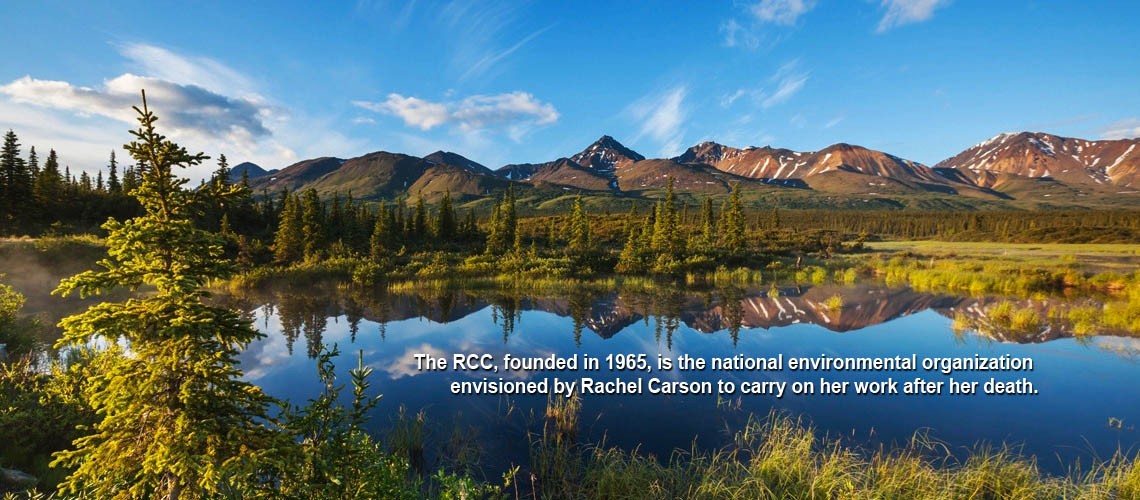

Stricter Standards and Tougher Enforcement

This fracking-driven boom has resulted in two key types of impacts.

The advent of hydraulic fracturing (or “fracking”) has allowed oil and gas companies to access large stores of oil and gas that previously were locked in shale rock formations. Please do not discuss the concept of the autotldr bot here.The oil and gas industry has grown dramatically over the last decade. NOTICE: This thread is for discussing the submission topic.

Summary Source | FAQ | Feedback | Top keywords: chemical #1 EPA #2 used #3 company #4 number #5 Which tracks chemicals used in fracking, shows that about 120 companies used PFAS - or chemicals that can break down into PFAS In more than 1,000 wells between 20 in Texas, Arkansas, Louisiana, Oklahoma, New Mexico and Wyoming, the most common of which was "Nonionic fluorosurfactant" and various misspellings. There is no public data that details where EPA-approved chemicals have been used. "The EPA identified serious health risks associated with chemicals proposed for use in oil and gas extraction, and still allowed those chemicals to be used commercially," said researcher Dusty Horwitt, from Physicians for Social Responsibility.ĭocuments dating from the Obama administration have been heavily revised as the EPA allows companies to enforce trade-secret claims to keep basic information on new chemicals from public release.Īn identification number for one of the chemicals issued by the EPA appears to in separate EPA data And DuPont, first, identifies Chemours, as the depositor.Ī separate EPA document shows that a chemical with the same EPA-issued number was first imported for commercial use in November 2011. This is the best tl dr I could make, original reduced by 22%.


 0 kommentar(er)
0 kommentar(er)
